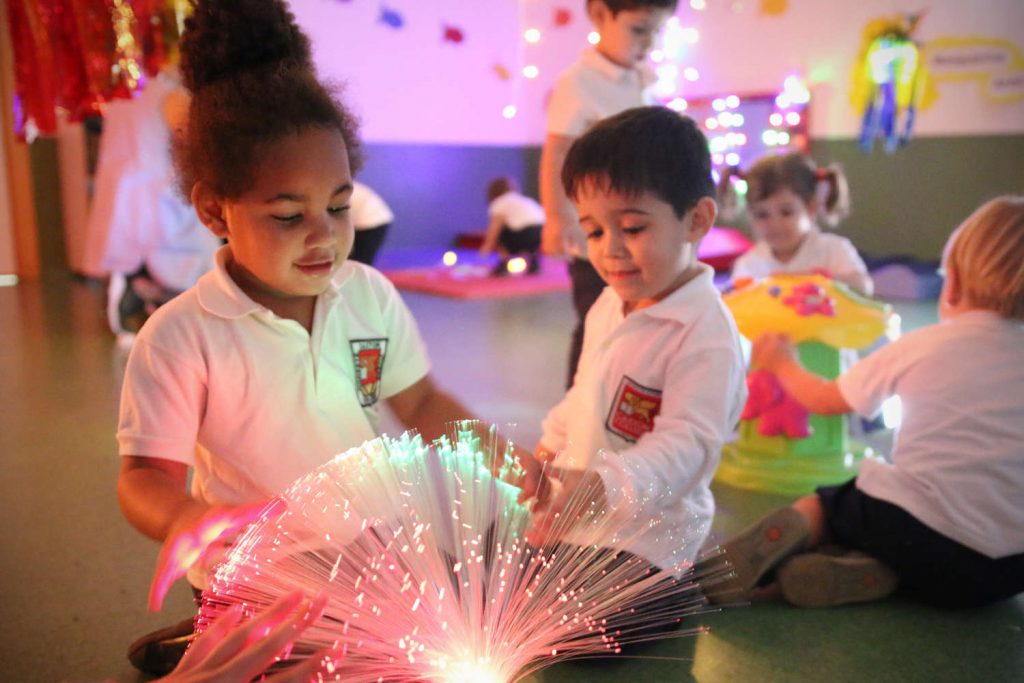
Frente al tradicional método educativo surgen nuevas metodologías que apuestan por una enseñanza basada en la creatividad.
Las personas creativas no nacen, se hacen. A pesar de que a menudo tendemos a relacionar a los grandes genios con un talento innato y no con el esfuerzo personal, la creatividad es una competencia más que puede desarrollarse si se trabaja de la forma adecuada en el aula desde edades bien tempranas. ¿Cómo podemos entonces fomentar la creatividad en las aulas infantiles? Si bien no existe una única manera de trabajar la creatividad de los más pequeños, es importante tener en cuenta los siguientes aspectos:
1.Todas las personas son creativas
Uno de los errores que solemos cometer es considerar únicamente como actividades creativas aquellas que tienen que ver con el ámbito artístico (pintura, música, poesía, etc.). Sin embargo, cada niño tiene un talento y una actividad con la que disfruta y a través de la que puede desarrollar su imaginación. La dimensión creativa se puede trabajar a cualquier edad, pero cuanto antes se comience a cultivar, más posibilidades hay de desarrollar las capacidades de creación.
2. Aprovechar las inteligencias múltiples
Según la Teoría de las Inteligencias Múltiples, ideada por el psicólogo estadounidense Howard Gardner, son muchas las inteligencias que existen, y para favorecer el desarrollo de todas ellas, se debería ofrecer a los alumnos espacios con suficientes recursos y estímulos variados donde cada uno de ellos pueda descubrir y potenciar su manera de aprender.
3. Respetar el ritmo de cada alumno
Siguiendo el método Montessori, ideado por la educadora y médica italiana Maria Montessori, los docentes deberían respetar el ritmo de cada niño en el aula y personalizar las clases en función de sus necesidades y de su evolución para que desarrollen sus propias capacidades e intereses.
4. De los errores siempre se aprende
Intentar algo y no conseguirlo no es fallar, es una forma de aprender. Por ello, debemos hacer entender a los niños que lo importante no es el resultado en sí mismo, sino el proceso y todo aquello que aprenden en el camino.
5. El ambiente influye en el pensamiento creativo
Las aulas y espacios destinados al aprendizaje tienen un impacto directo en el desarrollo del pensamiento innovador. Una buena idea es dividir el aula en múltiples rincones lúdicos orientados cada uno de ellos a un objetivo de aprendizaje concreto.
6. Promover la independencia del niño en la exploración y el proceso de aprendizaje
Los niños de edades tempranas tienen mucha curiosidad por explorar y descubrir el entorno, por eso es importante que les demos autonomía y se sientan libres para ir de una zona a otra del aula y para que, a través del juego creativo y el apoyo de los profesores, adquieran nuevas habilidades y desarrollen nuevas ideas.
In contrast to traditional educational models, new methodologies are appearing that are based on an education centred around creativity.
Creative people are not born, they are made. Even though we tend to associate the greatest geniuses with an inborn talent and not with personal effort, creativity is just another skill that can be developed if it is worked on properly in the classroom, from an early age. How, then, can we foster creativity in Primary schools? While it is true that there does not exist one single way of encouraging children’s creativity, it is important to take the following aspects into account:
1. Everyone is creative
One of the most common mistakes we make is to only consider as “creative” those activities which are related to the artistic fields, such as painting, music, poetry, and so on. However, every child possesses a talent and an activity which they enjoy and through which they can develop their imagination. The creative side can be encouraged at any age, but the earlier it is cultivated, the more possibilities there are to develop all of one’s creative abilities.
2. Make the most of multiple intelligences
According to the Theory of Multiple Intelligences, put forward by the American psychologist Howard Gardner, many types of intelligences exist, and to foster the development of all of them, students should be offered spaces with sufficient resources and varied stimuli, where each of them can discover and maximise their own way of learning.
3. Respect each child’s pace
In accordance with the Montessori method, created by the Italian educator and doctor Maria Montessori, teachers should respect each child’s pace in the classroom and personalise the classes according to their needs and their development, so that they can develop their own abilities and interests.
4. We always learn from our mistakes
To attempt something without achieving it is not to fail, it is how we learn. Therefore, we must help children to understand that what is important is not always the end result in itself, but rather the whole process and everything that they learned along the way.
5. Our surroundings influence creative thought
Classrooms and learning spaces have a direct impact on the development of the innovative thinker. One excellent idea is to divide the classroom into multiple teaching areas, each one focussed around a concrete learning objective.
6. Promote children’s independence through exploration and the learning process
Very young children are extremely curious to explore and discover their surroundings, which is why it is important to give them the autonomy and freedom to move from one area to another in the classroom. Thus, through creative play and the support of their teachers, they can acquire new skills and develop new ideas.
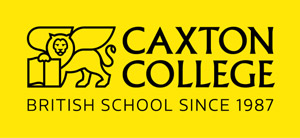


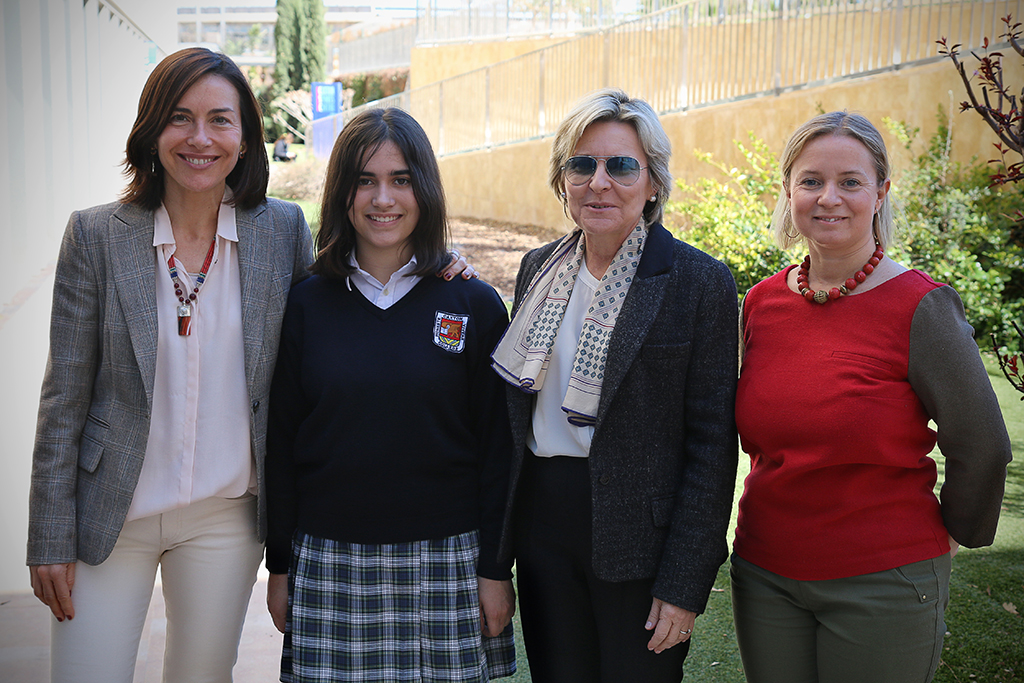


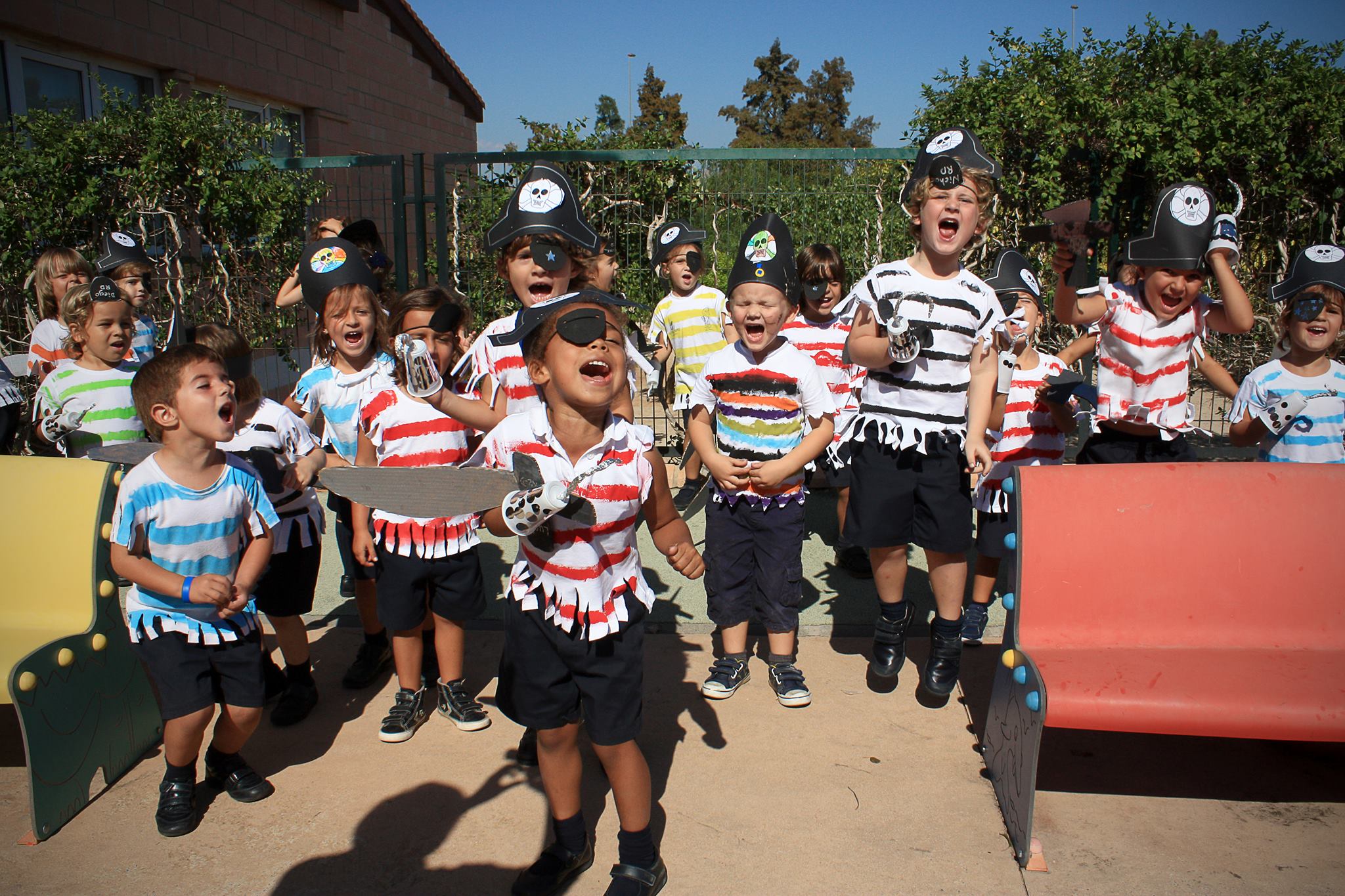
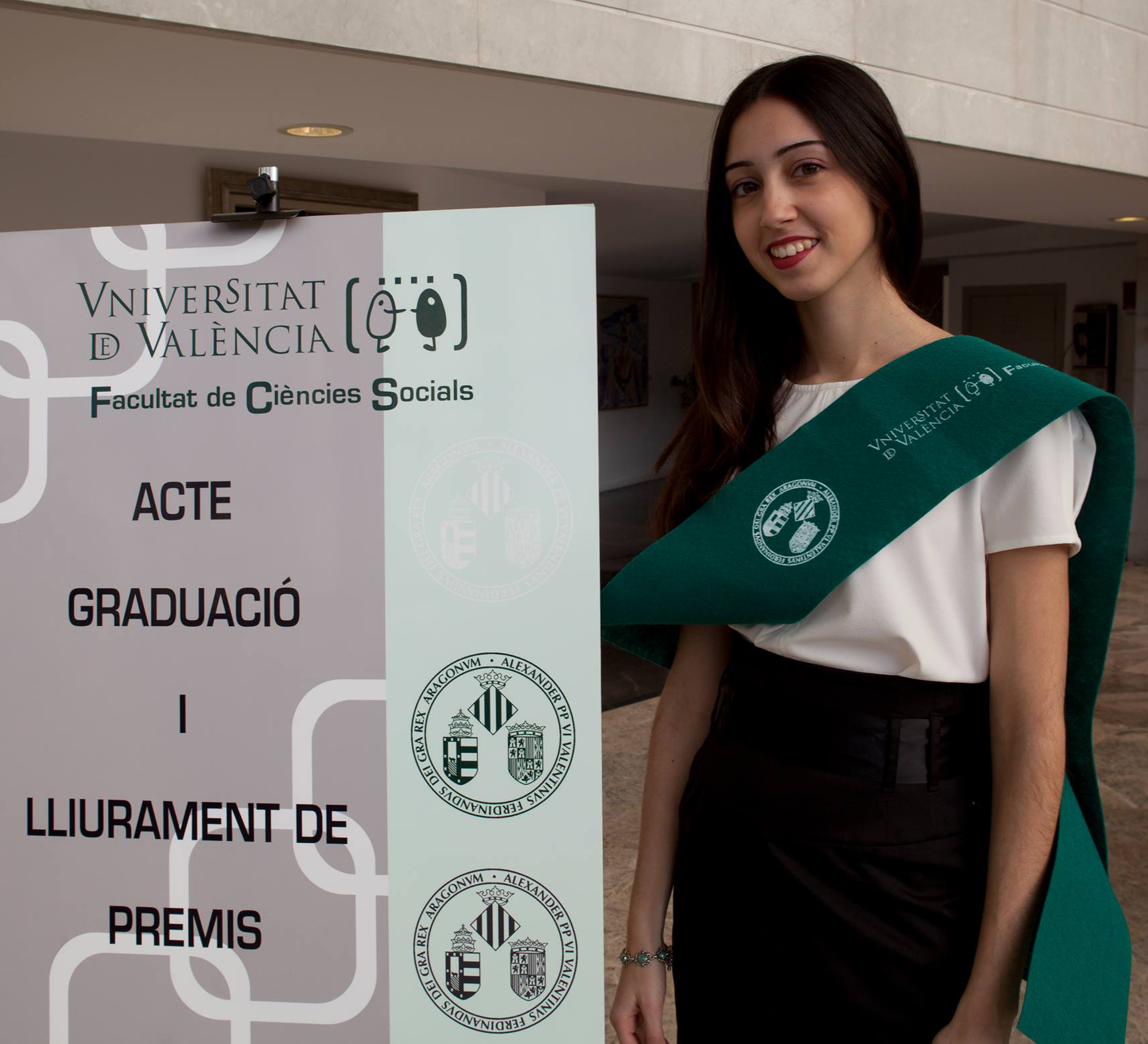
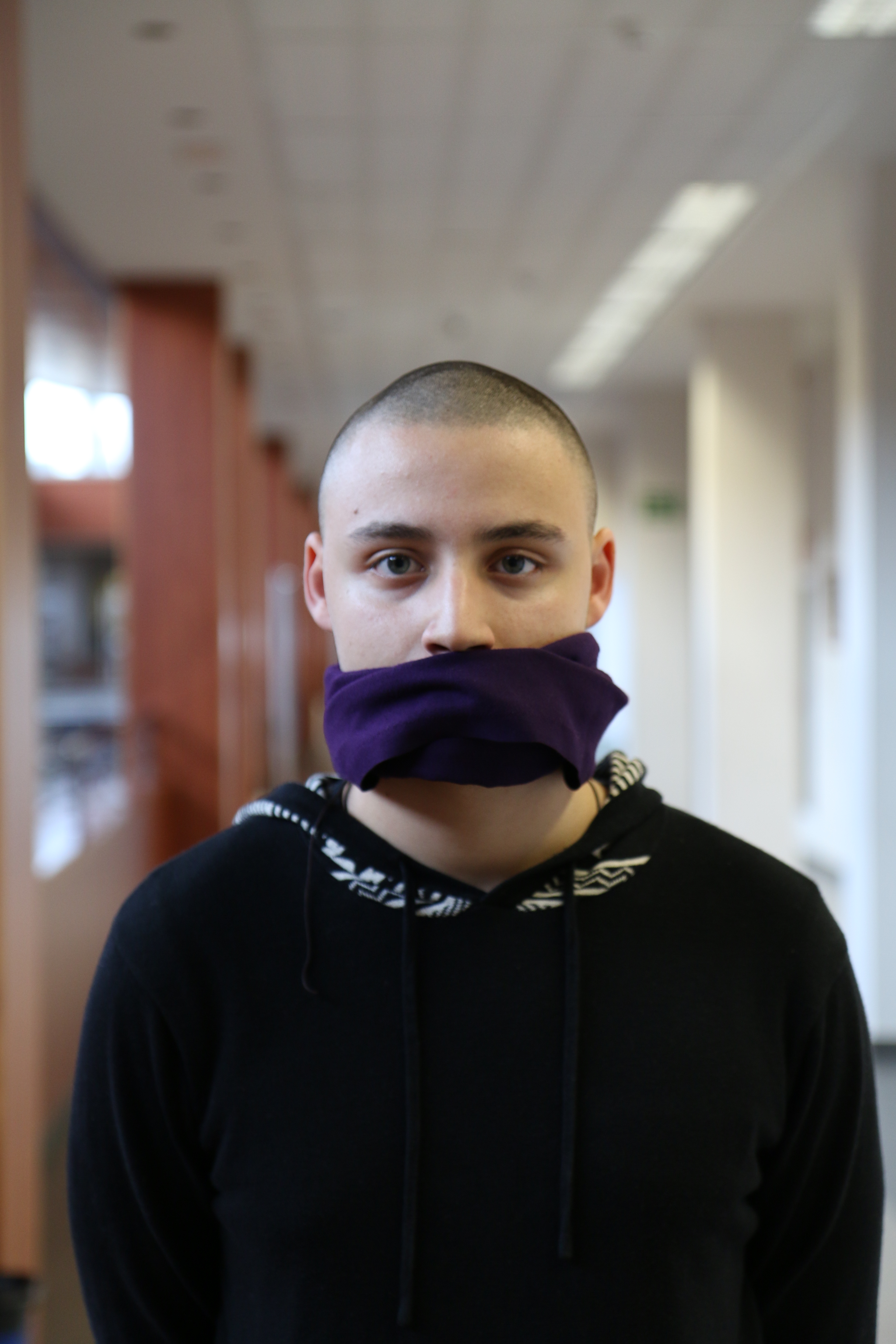
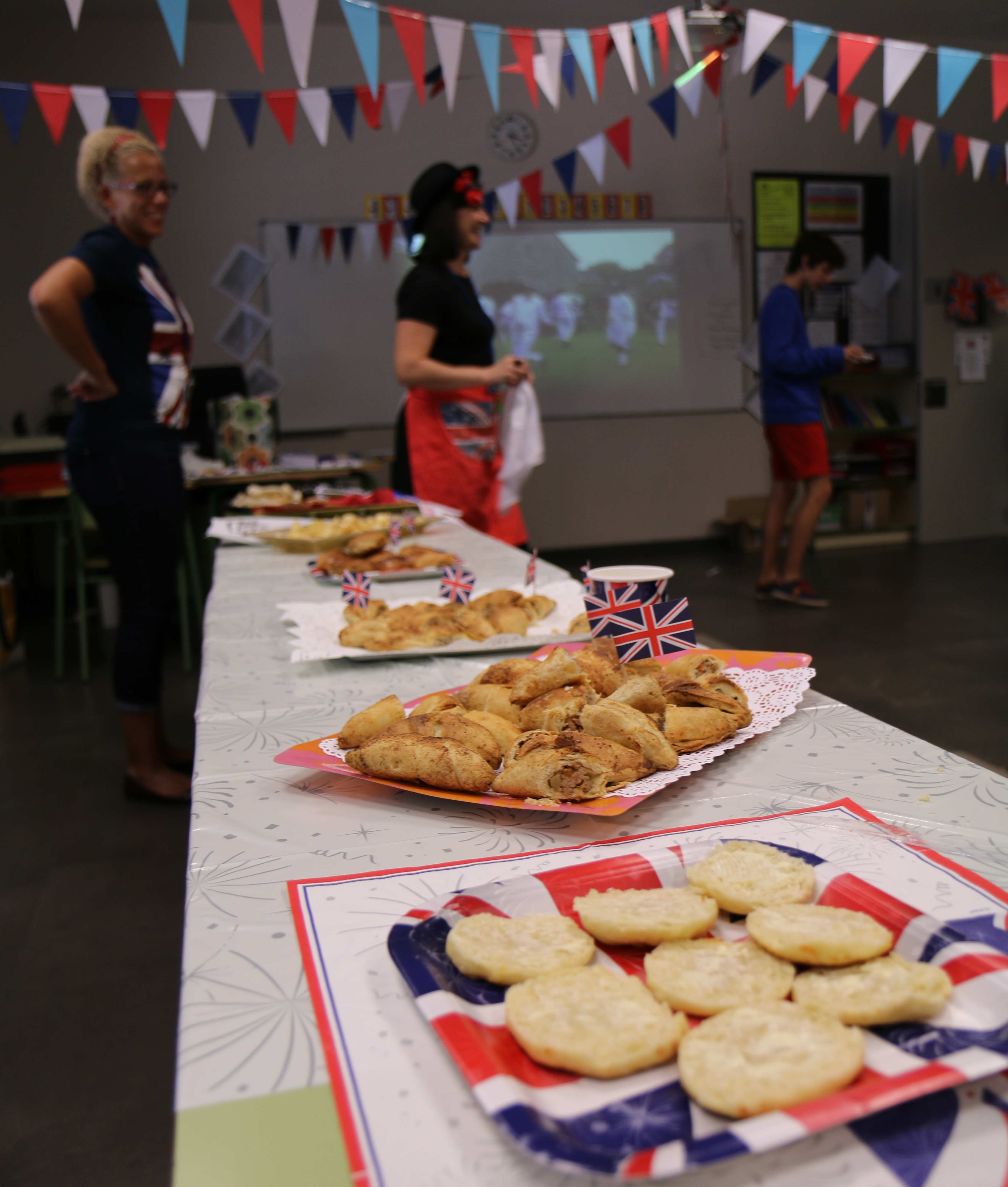
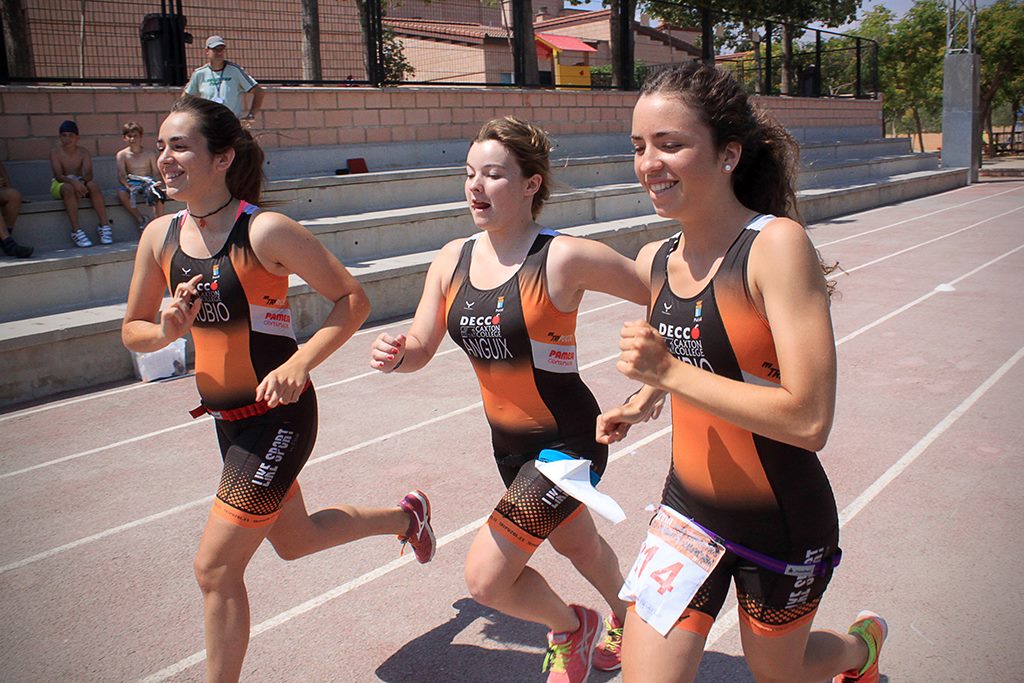
Leave a Reply